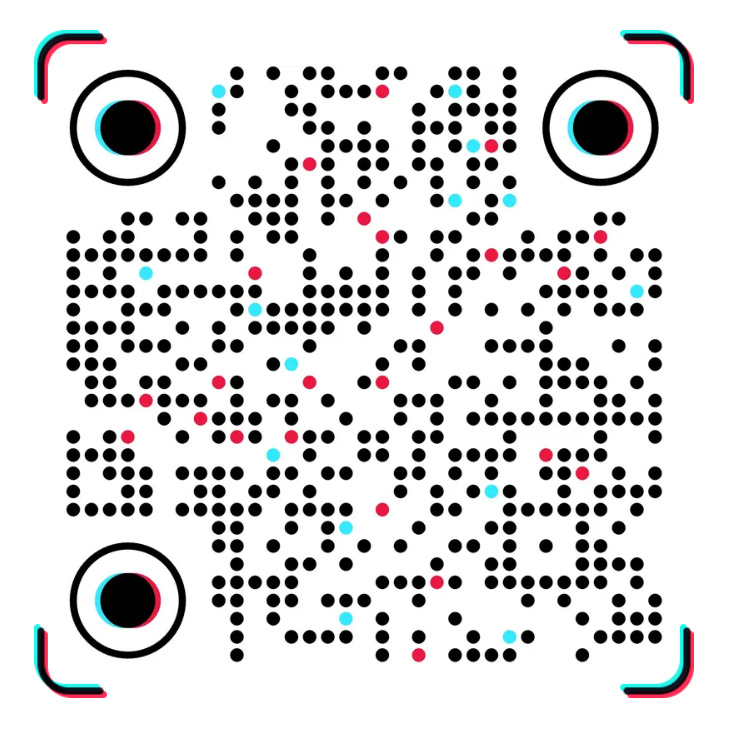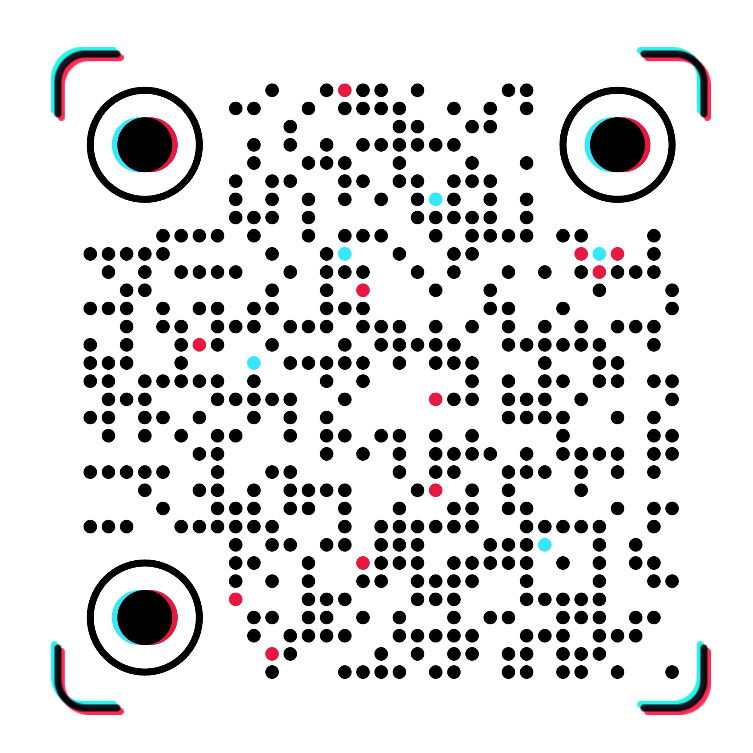Whiteboard paperDetailed introduction of each layer
Whiteboard paper is made from surface slurry and various layers of bottom slurry on a multi round mesh multi drying cylinder paper machine or a flat round mesh stirring board machine. The pulp can usually be divided into surface pulp, second, third, and fourth layers, with different fiber ratios for each layer. In the papermaking process, the fiber ratio may vary depending on the quality requirements.

The first layer is dough, which requires high whiteness and specific compressive strength. The second layer is the lining layer, which serves to separate the epidermal layer and the core layer, and also requires a specific whiteness. The third layer is the core layer, which has a filling effect, increasing the thickness of the board and enhancing its stiffness. The last layer is the bottom layer, which has the function of improving surface appearance, enhancing compressive strength, and preventing rolling up.
Quantitative analysis of specifications and models
basis weight
The conventional weight of whiteboard paper is: 230 g/m2, 250 g/m2, 270 g/m2, 300 g/m2, 350 g/m2, 400 g/m2, 450 g/m2, 500 g/m2, etc
Common specifications and models
Common flat plate specifications and models for whiteboard paper: 787 * 1092MM for straightness and 889 * 1194MM for straightness
Common roll specifications and models for whiteboard paper:26"/28"/31"/33"/35"/36"/38"/40"/43"/47"
Additionally, special specifications can be customized in large quantities
The Structure of Pores in Whiteboard Printing
The characteristics of whiteboard paper usually refer to its printing versatility, including some performance features in transportation and storage. Printing ability refers to the comprehensive manifestation of the physical and chemical properties of certain quality printed materials that are replicated under necessary conditions. The characteristic of whiteboard paper is that it must reflect the best printing quality and actual color effects. During the operation process of the drum, the ink adsorbed on the printing plate can successfully transfer to the surface of the plate, obtaining a complete, clear, and diverse graphic and text printing layer.
白板纸的印Brush universality includes: pore structure and ink absorption; The smoothness and compressibility of paper; The surface compressive strength of paper; The acidity, alkalinity, moisture content, and flexibility of paper.



















